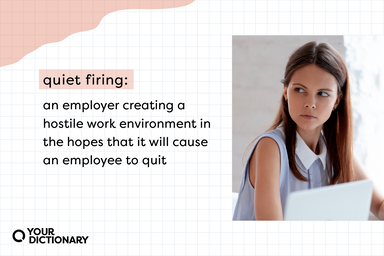Article Summary:
A growing number of employers are turning to “quiet firing” strategies—subtle tactics designed to push employees out without formal terminations. According to a May 2025 report by Resume Templates, 53% of surveyed U.S. companies are either already using or planning to use quiet firing methods this year. These include mandating more in-office days, cutting benefits, delaying promotions, and increasing workloads. The goal: reduce headcount while avoiding severance costs, legal risks, and negative press. However, nearly 90% of companies using these tactics report a decline in morale, and experts warn that such strategies can backfire by damaging trust, productivity, and long-term talent retention.
Local Business Types for Broadcasters to Consider Contacting:
- Occupational Health Clinics – As workplace stress rises due to quiet firing tactics, these clinics can promote mental health services and wellness programs through broadcast campaigns.
- Coworking Spaces – With return-to-office mandates pushing some employees out, coworking spaces can attract displaced professionals seeking flexible alternatives.
- Career Coaching Services – These businesses can position themselves as lifelines for professionals navigating toxic work environments or planning strategic exits.
Three Creative Campaign Ideas for Broadcasters to Consider:
- Radio Station Commercial Idea: “Exit Strategy Radio” – A series featuring real stories from professionals who transitioned out of toxic workplaces, paired with expert advice from local career coaches and wellness providers.
- TV Station Commercial Idea: “The Hidden Cost of Staying” – A dramatized campaign showing the emotional toll of quiet firing, spotlighting local businesses that support employee well-being and career transitions.
- Digital Advertising Campaign Idea: “RTO Reality Check” – An interactive campaign inviting users to share their return-to-office experiences, with polls, anonymous testimonials, and resources from coworking spaces and mental health providers.
Source Acknowledgment:
This LBS Ad Intel summary is based on information from HR Dive.








